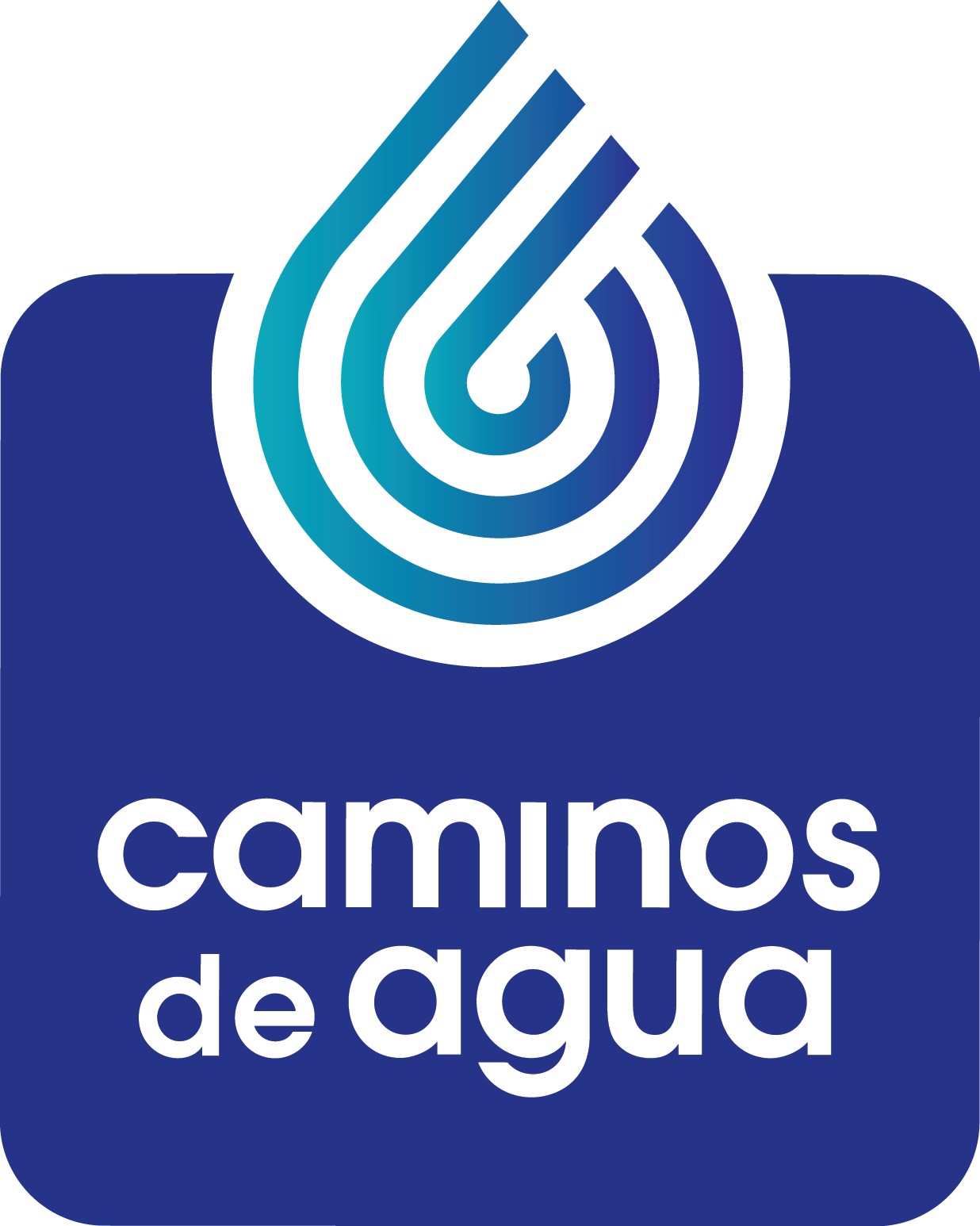The Problem
OUR REGION
The Upper Río Laja Watershed stretches across seven municipalities in northern Guanajuato State in Central Mexico and is a microcosm example that illustrates many of the extremely complex water quality and scarcity challenges facing Mexico, as well as many other parts of the world, today. Almost all of the water consumed in this region comes from a large underground reservoir known as the Upper Río Laja Aquifer, which serves more than 680,000 residents across several thousand distinct communities, rural and urban alike.
OUR AQUIFER
Our aquifer is declining at an alarming rate, from 2-3 meters per year – some of the most overexploited groundwater in the world. The primary culprit is industrial-scale agriculture, which uses close to 85% of our water supply to grow produce for export to the U.S. and other foreign markets.
As a result, community wells are drilled hundreds of meters deep to reach the water table. Every year, more community wells dry up and, in some cases, literally collapse in on themselves. We have seen firsthand how an entire rural community’s water supply can go dry overnight, leaving hundreds of families without any water access.
OUR CRISIS
Further complicating the issue, the water that does remain is often contaminated with arsenic and fluoride – up to 22 times the World Health Organization recommendation for arsenic and more than 12 times the recommendation for fluoride. These extremely hard-to-remove contaminants are closely linked to dental fluorosis, crippling skeletal fluorosis, chronic kidney disease, cognitive development and learning disabilities in children, skin disease, and even various cancers. Entire generations are being plagued with the negative impacts of arsenic and fluoride in their drinking water, and, worst of all, the most acutely impacted are children as their bodies absorb these contaminants at a much higher rate.
This is a serious public health crisis for our region and beyond. Roughly, 2.2 billion people – or more than a quarter of the entire global population – lack access to clean water. Upwards of 300 million people, with an estimated 21 million in Mexico alone, suffer from excessive levels of arsenic and fluoride in their water supplies, with few appropriate solutions available to remove these problematic contaminants. The accompanying social and economic impacts of this crisis are almost impossible to overstate. Innovative, low-cost solutions are desperately needed to address both the social needs of at risk communities who are disproportionately affected by these modern water issues, as well as the increasingly complex technical water challenges we are now facing in the 21st century.



